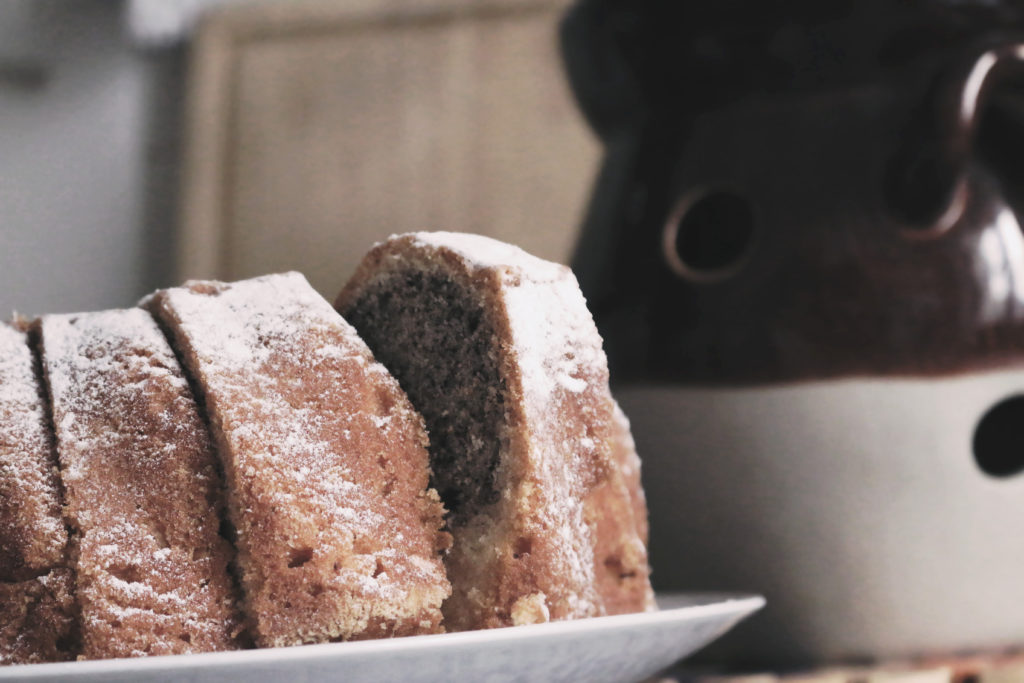How to Make your own Yeast

It’s a common picture these days. Shelves stripped, not just of toilet paper roll and pasta, but of a random selection of staples: dried pulses, washing-up sponges – and yeast.
Why are people panic-buying yeast? Honestly, I doubt that very many people really panic-buy yeast. With bakeries closed and a mindset that has luckily to shifted: I got to stay home, bread and other pastries are hard to get. What to do? Well, of course, DIY.
As this situation is likely to last a good while longer, I’ve stopped worrying about buying yeast and switched to making my own. It’s actually quite entertaining and a great science experiment for the kids.
What if you don’t have time to do that?
Fact is, you’ll need time; it’ll take several days before your yeast is ready, so it’s best to plan ahead.
If that takes to long for you, you could try to substitute yeast with the following: Using baking soda as a substitute for yeast, you’ll need to add an acid to the mix. Generally this is done by adding equal parts baking soda and lemon juice to equal the amount of yeast called for in the recipe. You can also use a mixture of plant milk and vinegar.
What is yeast anyway?
A natural yeast start is made by combining and fermenting yeasts found in nature (such as on grapes, berries, apples, wheat, etc) with water and flour. You tried them like a pet or a tamagotchi by keeping them fed and alive. If you succeed in doing that you can use your yeast in baking. A start is a wet substance, not a powder. These starts can be multiplied, divided, frozen, dried, and kept either in the fridge or on your counter top. By combining the wild yeast with flour and water, an environment is created that allows the yeast to thrive and grow. The yeasts feed on simple sugars found in the flour and break down other harsh things like gluten! “As they feed, they release carbon dioxide, creating bubbles of gas in the starter. This gas (carbon dioxide) is what allows natural yeast to raise bread. You want it to be bubbly, or it won’t raise bread well.

Homemade Yeast
Materials
- ¼* cup flour of your choice I used wholegrain for more nutrients
- ¼* cup water
Instructions
- Mix together equal parts flour and water in a small bowl. Make sure to use a wooden spoon because the bacteria reacts differently when exposed to metal. Water activates the enzyme amylase, which breaks down starch into simple sugars that the yeast and bacteria can eat.
- Cover the bowl loosely with a lid or towel and leave the mixture on your counter at room temperature. Keeping it in a place that’s a bit warm, but not too hot, will speed up the process of the yeast and bacteria colonizing your batter.
- Twice a day, in the morning and evening, add one to two tablespoons each of flour and water. By doing this, you’re actually feeding the yeast. In about three to five days**, your starter will begin to bubble. This is a good thing: the way yeast makes bread rise is by producing gas, like what you see in the bubbles. After day five, your starter should have at least doubled in volume and will be ready to use. As a rule of thumb, a bit of the starter should float in a glass of water when it’s ready.
- However, your homegrown yeast cannot be swapped 1:1 into your recipe. I'll post some bread recipes using sourdough starters soon.
Recent Comments